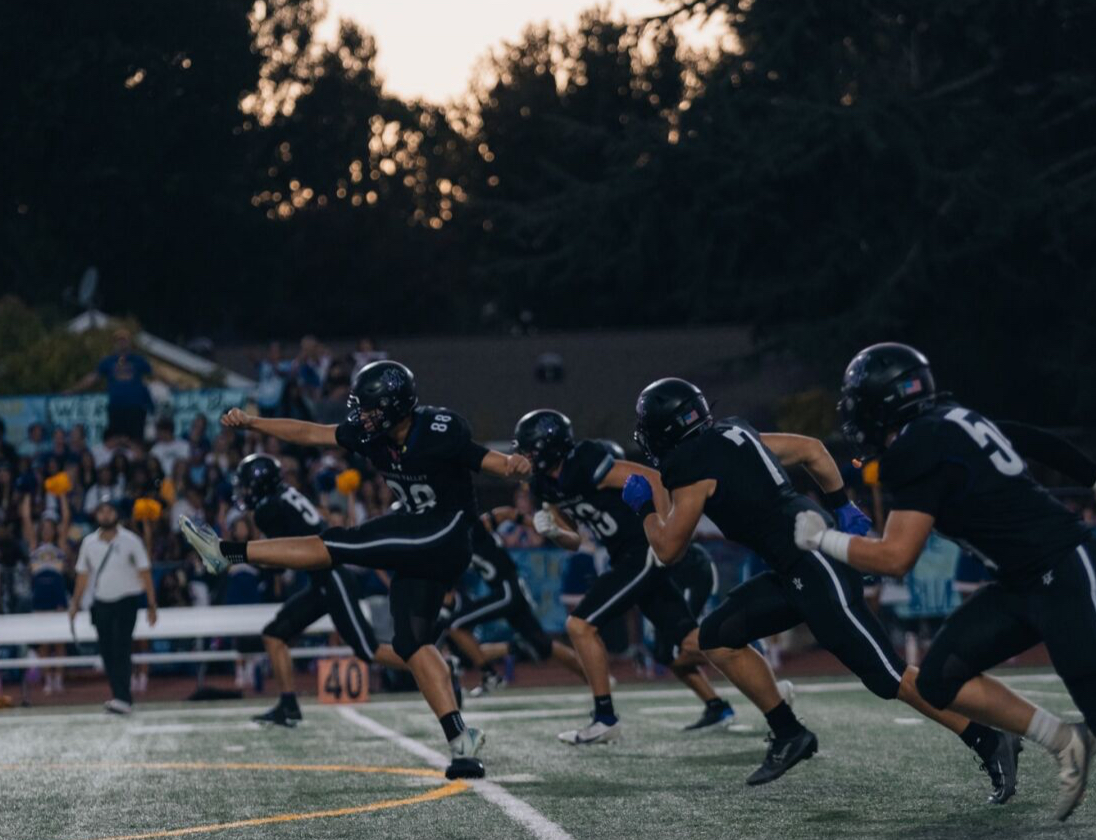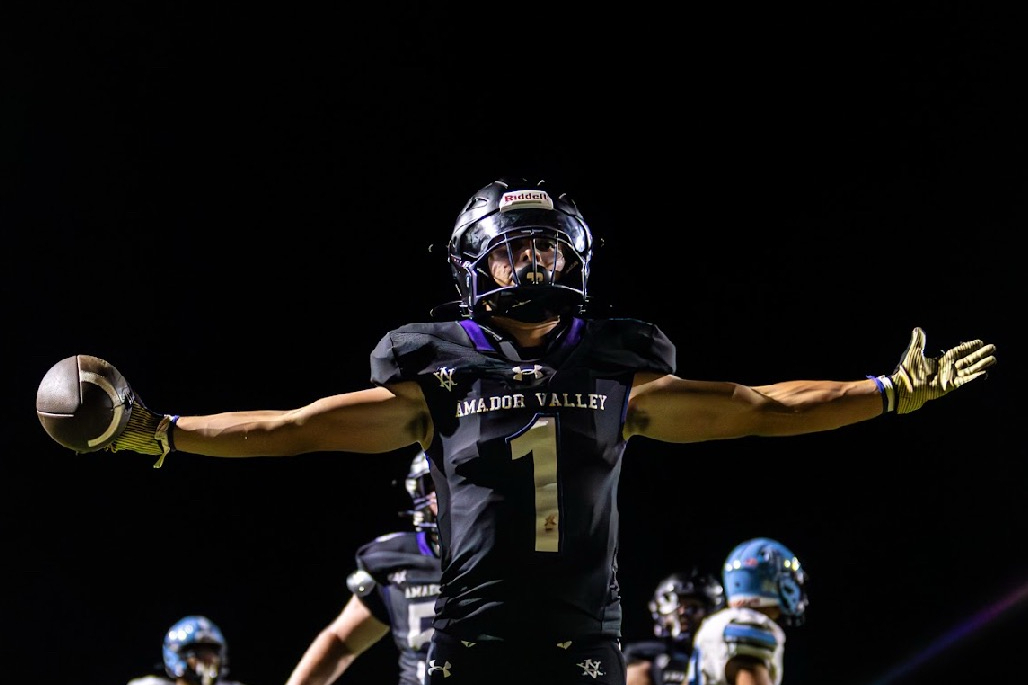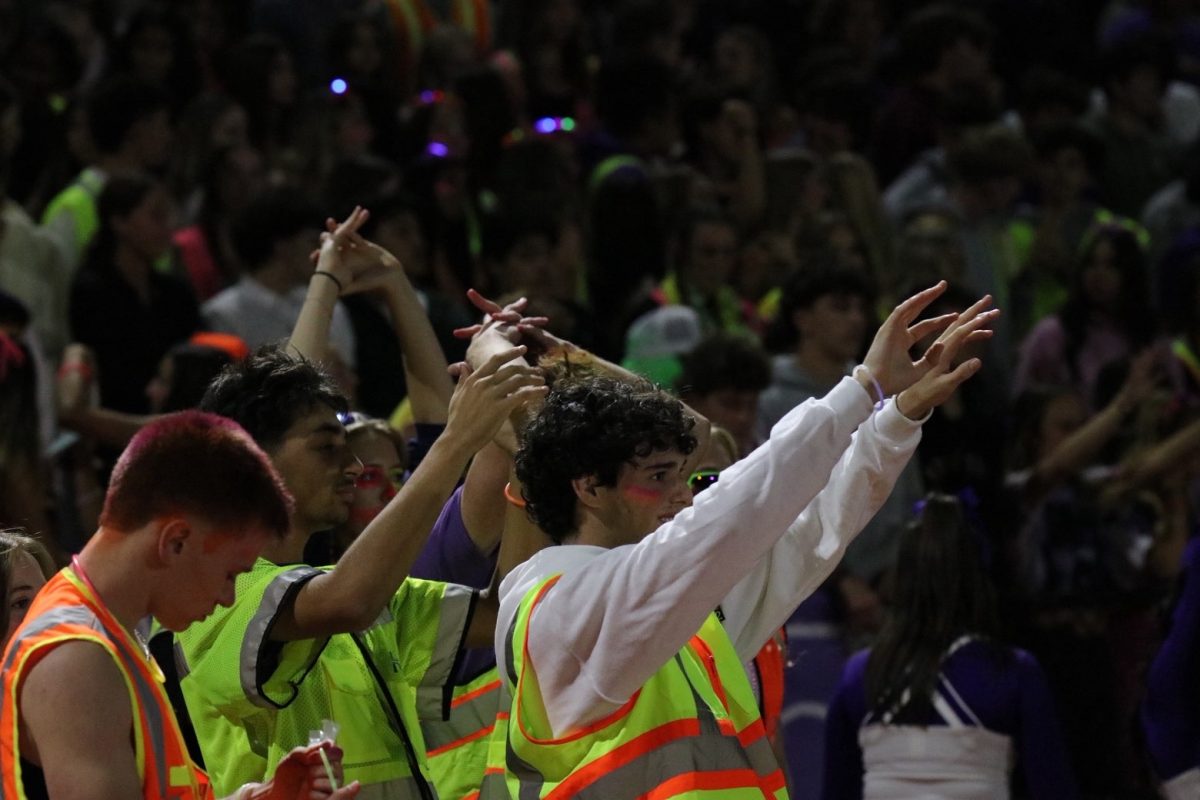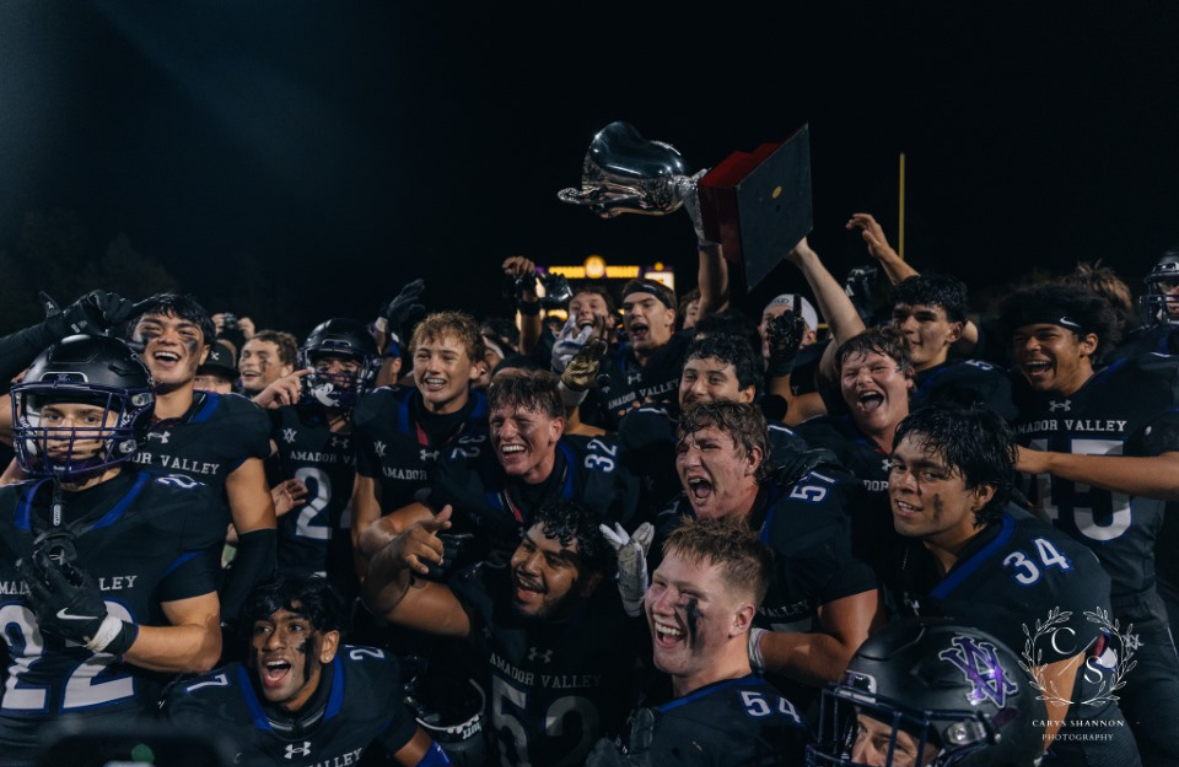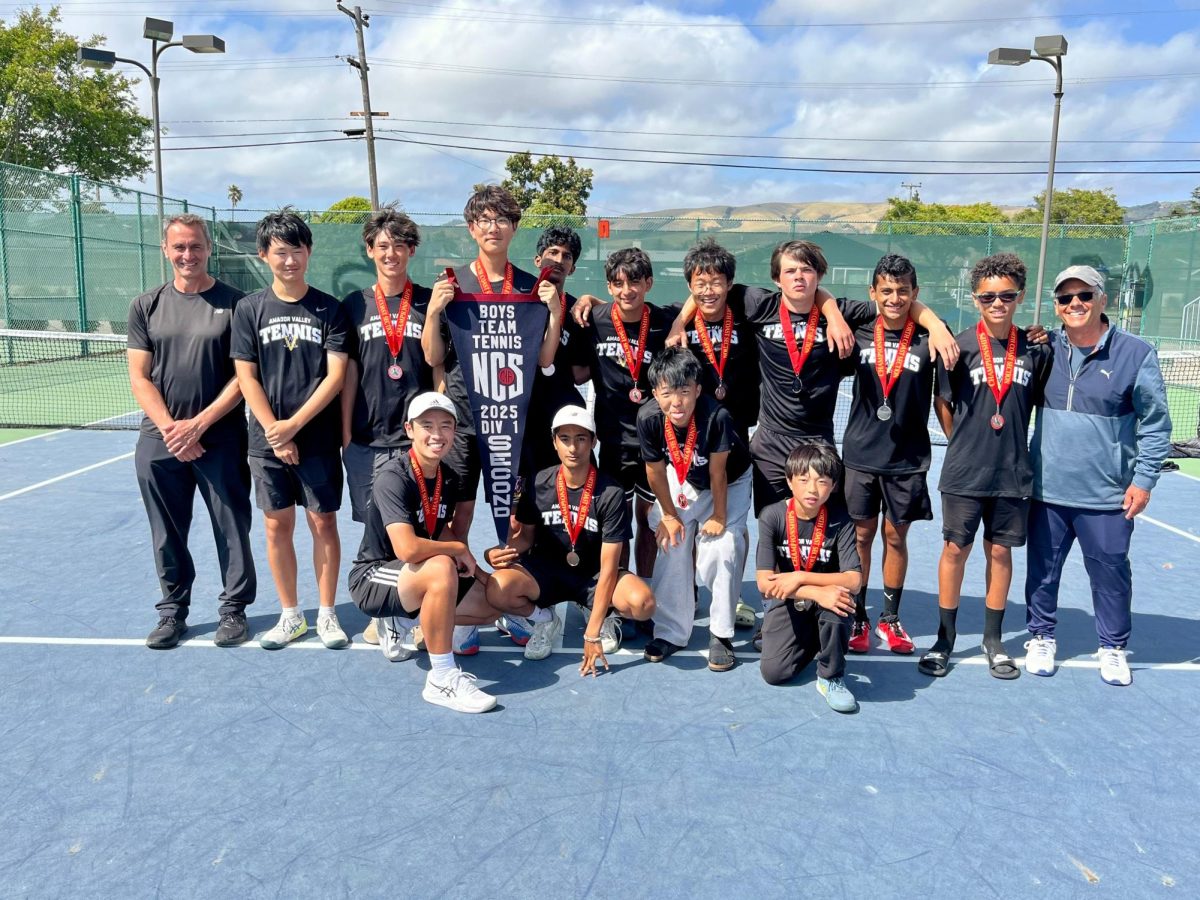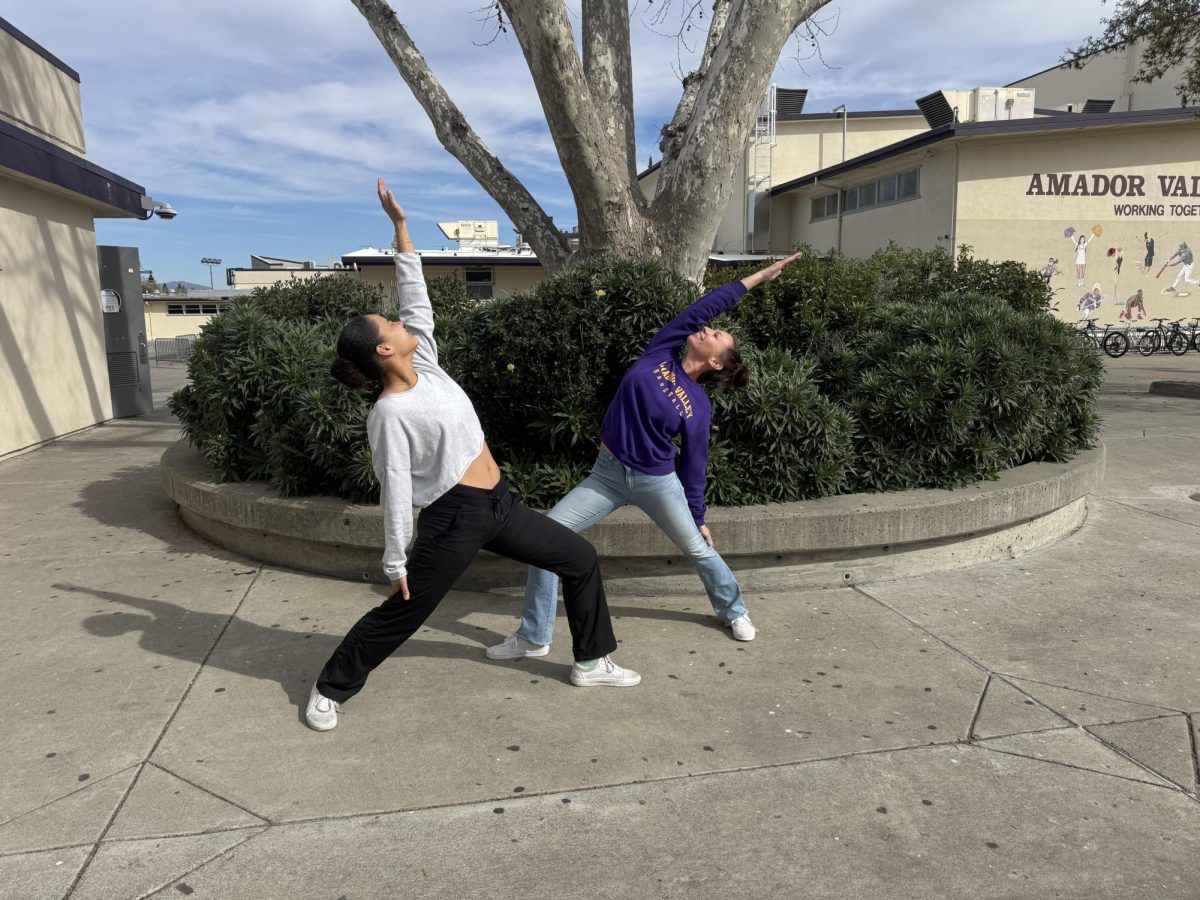A great fear of many athletes is tearing their ACL. These intense injuries have the ability to impact athletes’ high school seasons and potentially their future in college sports.
“We were on a wet turf field and I was playing soccer. Then, I went to take a shot and I planted my left foot. As I put all my weight on it, I felt like a pop. Then my leg went out and I fell,” described Sydney Kamali (‘27), recalling how she tore her ACL in April of this year.
Overview
An anterior cruciate ligament tear, or ACL, is a tear in your knee that can either be partial or complete. Most of these injuries have a long recovery process including surgery. For some, surgical processes vary.
“There are three very common ACL procedures performed: using a cadaver graft, a patellar tendon graft, and a hamstring tendon graft. All three require slightly different approaches to the rehab process,” explained Physical Therapist Mike Petrak.
Rehab
While the rehab process can be different for everyone, athletes can expect to be sat out due to physical therapy or rehab for 10-12 months. Because of the severity of the injury, athletes are forced to miss entire seasons at a time.
“I won’t be back to soccer for a long time. I talked to my doctor yesterday and I’m 10 weeks out. At 12 weeks I can jog and at 18 weeks I should be cleared to play a little bit of soccer. I won’t be fully back until 2025, so I’m out for the whole upcoming soccer season,” said Kamali.
Future chances
The severity of this injury can hinder athletes’ chances of playing their sport in college if they choose. There is also the risk of losing any scholarships already obtained due to a tear.
“If someone tears their ACL, they’re out for the whole year. Especially if it’s your senior year it dampens their decision. It’s a lot of work to come back from an ACL tear and be at the same level that you previously were at,” said AV Athletic Trainer Diana Hasenpflug.
Though there are no guarantees to prevent tears from occurring, there are ways to train to make it less likely such as pre-season training and conditioning.
“People need to do the pre-season conditioning and condition their lower extremities to learn how to stop, pivot, and switch directions to prevent it,” said Hasenpflug.


